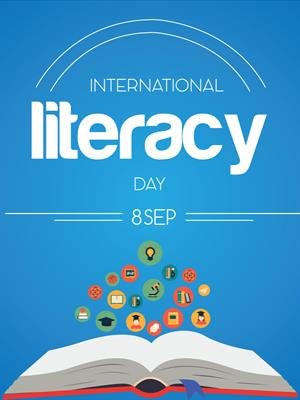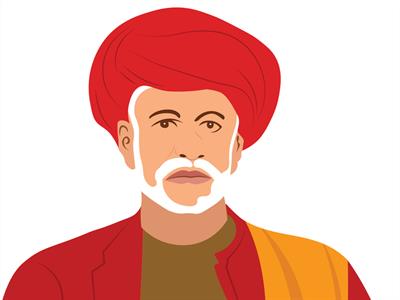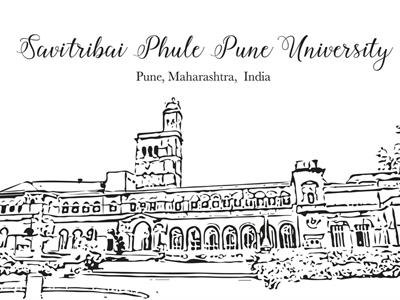
PUMPA - SMART LEARNING
எங்கள் ஆசிரியர்களுடன் 1-ஆன்-1 ஆலோசனை நேரத்தைப் பெறுங்கள். டாப்பர் ஆவதற்கு நாங்கள் பயிற்சி அளிப்போம்
Book Free DemoIn this module, we will see the Importance of Female Education.
Universal Declaration of Human Rights says that everyone has the Right to Education. Including women in the development process and imparting them with education is crucial because it makes them more knowledgeable, skilful, and confident.
Female literacy is one of the most powerful ways to improve a society's health and economic well-being. Making certain that every girl child is educated sets off a chain reaction: Improve in literacy leads to poverty reduction.

Importance of Female Education
Poverty reduction:
When women are educated and rightful opportunities are provided, they tend to participate in economic activities, thus reducing poverty. Education also helps to increase a woman's earning capabilities.
Increased Literacy:
Educating a girl child will increase the literacy rate, pushing forward the development in the underdeveloped regions. And in turn, it contributes to the country's GDP.
Educating a girl child will increase the literacy rate, pushing forward the development in the underdeveloped regions. And in turn, it contributes to the country's GDP.
Political representation:
Across the globe, women are under-represented as voters and restricted from political involvement. The United Nations Women’s Programmes on Leadership and Participation suggest that civic education, training and all around empowerment will reduce this gap.

Late Marriage:
Adolescent marriage is prevalent in underdeveloped countries. United Nations Population Fund suggests that if a girl receives seven years of education, the marriage is delayed by four years.
Adolescent marriage is prevalent in underdeveloped countries. United Nations Population Fund suggests that if a girl receives seven years of education, the marriage is delayed by four years.
Income Potential:
Education increases a woman’s earning capabilities.
Education increases a woman’s earning capabilities.
Thriving babies:
United Nations Girls’ Education Initiative found that children of educated mothers are twice as likely to survive past the age of five.
Human Trafficking:
Women are most vulnerable to trafficking when they are undereducated and poor. Providing education and basic skills to young girls will reduce human trafficking significantly.
Women are most vulnerable to trafficking when they are undereducated and poor. Providing education and basic skills to young girls will reduce human trafficking significantly.
Savitribai Phule is the first female teacher at the first girls' school in India. Jyotirao Phule is remembered as the champion of women's education in India. He and his wife Savitribai Phule opened the first school for girls in \(1848\ \)in Pune city.


Reasons for Poor Female Literacy Rate
1. Gender-based inequality.2. Social discrimination and economic exploitation.
3. Occupation of girl child in domestic chores.
4. Lower enrolment of girls in schools.
5. Lower retention rate and high dropout rate.
Let us have a look at the female literacy rate in India since 1951
Census year | Persons | Male | Female | Male - female gap in literacy rate |
1951 | 18.33 | 27.16 | \(8.86\) | 18.30 |
1961 | 28.3 | 40.4 | \(15.35\) | 25.05 |
1971 | 34.45 | 45.96 | \(21.97\) | 23.98 |
1981 | 43.57 | 56.38 | \(29.76\) | 26.62 |
1991 | 52.21 | 64.13 | \(39.29\) | 24.83 |
2001 | 64.83 | 75.26 | \(53.67\) | 21.59 |
2011 | 74.04 | 82.14 | \(65.46\) | 16.68 |
With this we have read about the importance of female education in all spheres and how it can have a effect on the development of a country.
Reference:
https://www.shutterstock.com/image-vector/international-literacy-day-8th-september-open-675580498
https://www.shutterstock.com/image-vector/savitribai-phulefirst-female-teacher-who-inspired-1518582929
https://www.shutterstock.com/image-vector/savitribai-phule-university-pune-maharashtra-india-1751586953
https://www.shutterstock.com/image-vector/portrait-jyotiba-phule-social-reformer-jyotirao-1850929042
https://www.shutterstock.com/image-photo/homeschool-asian-little-young-girl-student-1739402348